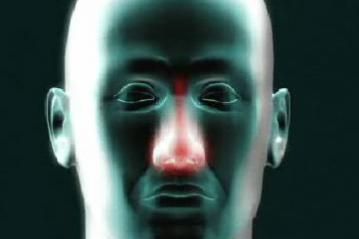The proteins in latex, which is natural rubber from rubber trees, can cause allergic reactions in some people. The more a person is exposed to latex, the more likely it is that he or she will develop an allergy to it. The people most at risk for latex allergy are healthcare workers and people who have had many surgeries because they are so often exposed to latex gloves and other medical equipment made of latex. For the same reason, children with chronic illnesses are high-risk for latex allergy.
No baby can be born with a latex allergy because an allergy can only develop after exposure to the allergen. However, it is recommended that children born with health problems, including spina bifida, be cared for in a latex-free environment. Healthcare workers should wear vinyl, nitrile or synthetic latex gloves. Pacifiers, bottle nipples, toys and other products commonly made out of latex should be avoided. Try to find substitutes made out of alternative materials. Also be aware that particles from within a latex glove or a latex balloon can become airborne, getting into your baby's respiratory system and causing respiratory distress.
Advertisement
If your baby develops a rash, hives, sneezing, watery eyes, runny nose, wheezing, coughing or trouble breathing soon after coming into contact with latex, these are signs that he or she might have a latex allergy. In some cases the baby may even go into anaphylactic shock, which is life threatening. If you think your baby might have a latex allergy, take him or her to see an allergist for diagnosis through a blood test or skin prick test. If you keep your baby away from products made of latex it is possible that the severity of his or her allergy may lessen over time.
Advertisement

